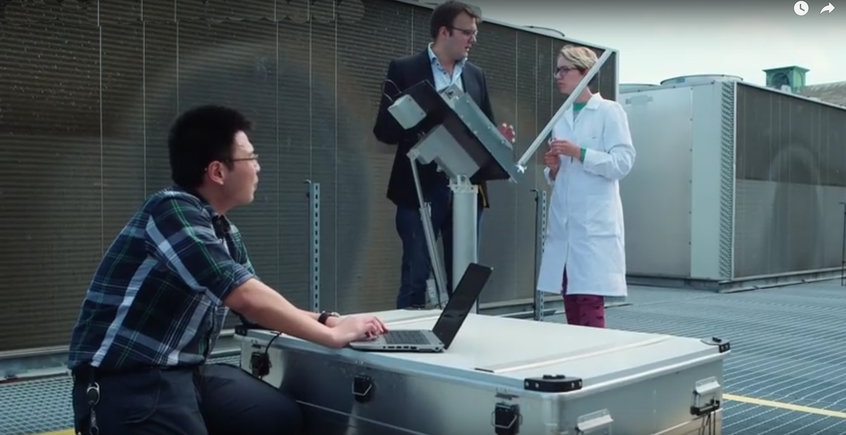Researchers at Chalmers University of Technology in Sweden have discovered a way to store solar energy in chemical form, transport it to where it is needed, then release it as heat with an efficiency of up to 80%.
The researchers say the discovery has the potential to solve a number of problems with solar energy, including storing and moving the energy so that it can be released at the right time and place.
Professor Kasper Moth Poulsen, who is leading the research, said: “The dream is to create a universal solar battery that releases heat on demand.”
According to the team’s paper, published in this month’s edition of the journal, Energy & Environmental Science, the system has the potential to release heat at up to 238°C.
Although it is not yet cheap enough to compete with conventional space heating, it would already have specialist applications.The paper gives the example of providing heat in remote locations or harsh environments that are without access to full-time power, and where “the cost of delivering fuel enhances the competitiveness of renewable approaches”.
The technique is based on an organic compound called norbornadiene that alters double-bonds to single-bonds on exposure to sunlight, becoming a quadricyclane. To release the energy, a catalyst is added and the process is reversed.
This enhances the efficiency of non-photovoltaic solar receptors, which are able to make use of the full spectrum of sunlight. By contrast, a PV module has a maximum conversion rate of only 20%.

Professor Moth Poulsen (centre) with his researchers in Göthenburg (YouTube)
The research was initiated at Chalmers University more than six years ago. At the time, the solar energy conversion efficiency was 0.01% and the expensive element ruthenium played a role in the compound.
Prof Moth Poulsen, said: “We saw an opportunity to develop molecules that make the process much more efficient. At the same time, we are demonstrating a robust system that can sustain more than 140 energy storage and release cycles with negligible degradation.”
He said: “Some of the most efficient systems in the world right now are capable of heating something 10°C. The molecules we have made should in principle be capable of heating something more than 100°C, so that is what we would like to show in the near future.”
Further research into the system will be based on making the chemical constituents cheaper and the catalyst less toxic. Making the liquid safer would allow the system to be used for applications such as portable cooking devices that can be “charged” with sunlight and used to cook after the sun has gone down.
The paper comments that “breaking through the barrier for commercialisation in a very competitive solar landscape would be a significant and difficult challenge, but breakthroughs are likely, given the relative youth of solar technologies and the current worldwide trend to phase out fossil fuels”.
The paper can be read here and a YouTube video explaining the research can be viewed here.
Top image: A giant prominence on the sun erupted on 31 August 2012, sending out particles and a shock wave that traveled near Earth. Image captured before eruption by NASA’s Solar Dynamics Observatory (SDO/Creative Commons)
Further Reading:






